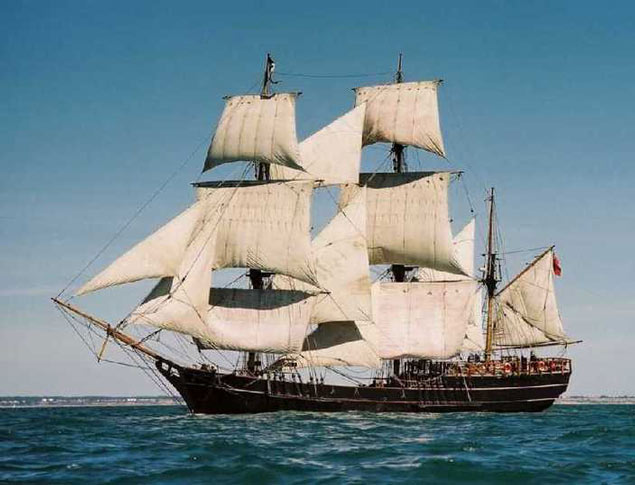For anyone interested in boats and the sea, the June Bank Holiday Weekend is always busy with multiple maritime happenings, many of which will be of interest to all the family writes W M Nixon. But if sailing is specifically your thing, the variety of options available is almost bewildering. Owing to some trick of this year’s calendar, events which would normally be held a week hence are being pushed into this already crammed holiday schedule, yet it will somehow all be managed in the end.
However, if you want to focus on just one event which best gets the spirit of it all, the Dublin Port Riverfest from Saturday 3rd to Monday 5th June on our beloved River Liffey and its many quaysides promises to have something for everyone. There’ll be Tall Ships in port after arriving today, and while their numbers won’t match the huge fleets which follow the official Sail Training International programme, there’ll be more than enough to interest genuine enthusiasts, with all the vessels open to the public for free (tide permitting) between noon and 6.0pm on each of the three days.
Included in those visiting is the legendary Russian vessel Shtandard, a replica of a warship of Peter the Great from 1703. While her size in no way matches that of the Russian 4,000 ton square rigger Kruzenshtern, those who are thinking in terms of an Irish sail traning ship in the fullness of time will note that the manageably-sized Shtandart – which is coming to Ireland fresh from a starring role at the Festival of Sail in the Morbihan in France – is in superb order, a real ambassador for Russia, whereas the giant Kruzenshtern is becoming unmanageably large to keep in proper commission.
 The clean-lined square rigger Kaskelot will be in Dublin for the holiday weekend
The clean-lined square rigger Kaskelot will be in Dublin for the holiday weekend
Other noted square-riggers in port, as Afloat.ie reported earlier, will include Kaskelot, the Earl of Pembroke, and the Pelican. But past experience has shown that the modern pubic seeks much more variety than just an endless round of queuing to get aboard a tall ship. So the river itself is going to be used for a continuous show of powerboats racing and a colourful variety of waterborne stunts and competitions in order to keep the expected crowd of 100,000 over the three days well entertained.
However, if it’s sailing you seek in the midst of all this, Poolbeg Yacht & Boat Club’s marina at Ringsend is the focal point for a three day regatta which will include Old Gaffers racing, while on Saturday evening down at the end of the South Bull Wall, boats competing in the Irish Sea Offshore Racing Association’s version of the Lambay Race will be finishing their race at a line specially provided by Poolbeg Y&BC.
 The Earl of Pembroke sets a brigantine rig.
The Earl of Pembroke sets a brigantine rig.
































































